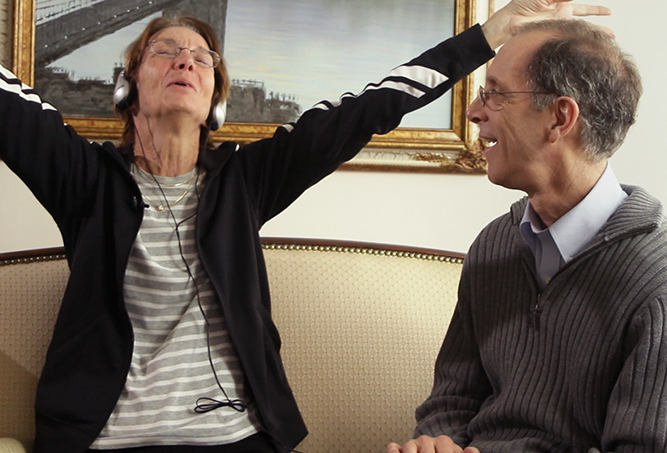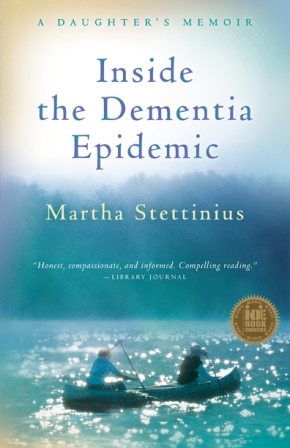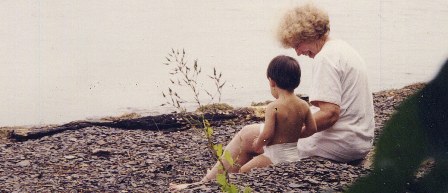"Alive Inside": New, Inspiring Movie About Dementia and Music
 Wednesday, July 23, 2014 at 09:06PM
Wednesday, July 23, 2014 at 09:06PM  Photo courtesy of "Alive Inside"One stigma of Alzheimer’s disease and other dementias is the belief that people living with advanced dementia are completely “gone”--“shells of their former selves.” A new documentary shows that people with advanced dementia who may seem to have lost their ability to speak are still capable of being roused and engaged in conversation. It turns out that music is key—specifically, individualized music from the person’s childhood and young adulthood.
Photo courtesy of "Alive Inside"One stigma of Alzheimer’s disease and other dementias is the belief that people living with advanced dementia are completely “gone”--“shells of their former selves.” A new documentary shows that people with advanced dementia who may seem to have lost their ability to speak are still capable of being roused and engaged in conversation. It turns out that music is key—specifically, individualized music from the person’s childhood and young adulthood.
Now through September, the film “Alive Inside” is premiering in select theaters across the country, and is well worth seeing if you know someone with Alzheimer’s disease or another dementia—and even if you don’t. “Alive Inside” chronicles the work of social worker Dan Cohen, founder and Executive Director of the nonprofit Music and MemorySM. Cohen has campaigned for years to bring personalized music to nursing home residents in the form of an iPod or other digital device loaded with the person’s favorite music from childhood or early adulthood.Hundreds of nursing homes in the U.S. and Canada have implemented Music and Memory, and Cohen hopes the film will help bring personalized music to many more elders.
Directed by Michael Rossato-Bennett, “Alive Inside” won the 2014 Sundance Film Festival Audience Award and has been much anticipated because of a popular clip on YouTube. That clip shows a man named Henry with dementia who rarely speaks but “comes alive” when he listens to the jazz of Cab Calloway. “Alive Inside” includes conversations with the renowned neurologist and author Oliver Sacks, the musician Bobby McFerrin, and experts in elder and dementia care such as Dr. Bill Thomas.
Read the rest of my post on caregivers.com.


















Reader Comments